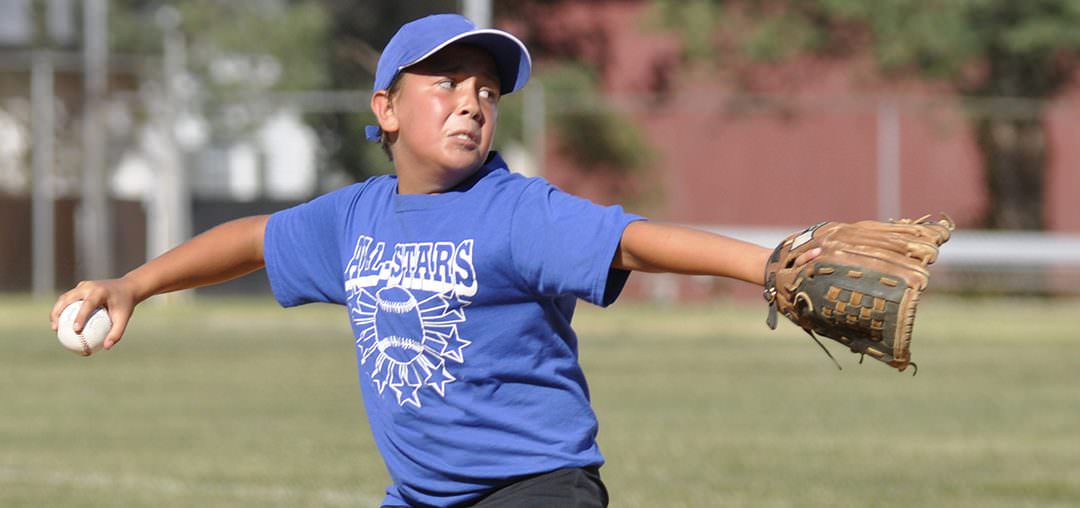In an era of specialization in sports involving athletes of all ages, physical therapists join most medical experts in agreeing that young athletes generally remain mentally and physically healthier, achieve greater success, and learn to enjoy a lifetime of physical fitness when they opt to play multiple sports.
In contrast, allowing youths to specialize in a sport year-round can lead to burnout, a greater risk of experiencing overuse injuries, and less long-term success. Just ask Dr. James Andrews, the world-renowned orthopedic surgeon known for putting hundreds of professional athletes back together.
“Specialization leads to playing the sport year-round,” he said. “That means not only an increase in risk factors for traumatic injuries, but a sky-high increase in overuse injuries. Almost half of sports injuries in adolescents stem from overuse.”
It’s been estimated that up to 60 million U.S. youths ages 6 to 18 years participate in some form of athletics. More than 5 million of these athletes experience an injury each year. And the American Academy of Pediatrics (AAP) confirms Dr. Andrews’s contention that at least 50 percent of athletic injuries are related to overuse, the types of injuries for which one-sport athletes are particularly prone.
The AAP defines an overuse injury as microtraumatic damage done to a bone, muscle or tendon that has been subjected to repetitive stress without being given enough time to heal or repair on its own. It can manifest itself in pain during sports performance, and even pain while at rest.
The same repetitive motions year-round can lead to such overuse injuries as strains, sprains, stress fractures, and even tears in muscles, tendons and ligaments. Playing multiple sports, in contrast, allows young athletes to challenge their bodies in different ways, developing new sets of physical traits and skills and that offer more universal performance benefits.
“Perhaps surprising to some, there is evidence that playing multiple sports during childhood and adolescence is more effective than single-sport specialization in developing successful young athletes,” said Dr. John DiFiori from the UCLA sports medicine program. “Existing scientific data suggests that early single-sport specialization actually might be detrimental to long-term success in team sports.”
Children who grow up playing multiple sports, the AAP added, also have “the highest potential to achieve the goal of lifelong fitness and enjoyment of physical activity.”
To help young athletes reduce the risk of developing overuse injuries and overall burnout, physical therapists offer following advice to parents and coaches:
Encourage Diversity: Especially at an early age, encourage kids to try out and play different sports throughout the year. Some of the most successful athletes (up to 97 percent of the pros) believe being a multisport athlete was beneficial to their long-term success.
Seek Rest: Young athletes should take at least one to two days off from practice and/or structured sports participation each week. Some experts suggest limiting weekly practice to the age (in hours) of the athlete. Long-term, athletes should take 2 to 3 months off a particular sport each year to help refresh the body and the mind.
Specialize Later: Wait until at least high school age – better yet, around the ages of 16 or 17 – before considering specializing in any individual sport. At this point, the body is more prepared for such rigors.
Watch for Signs: If a young athlete complains of nonspecific problems with muscles and/or joints, physical fatigue, or grows concerned about poor performance, visit a health professional such as a physical therapist, who can fully evaluate the issue and offer treatment (if needed) for any potential injuries or deficiencies.
